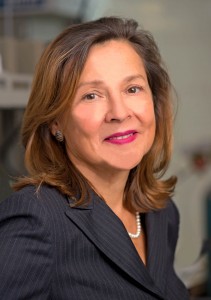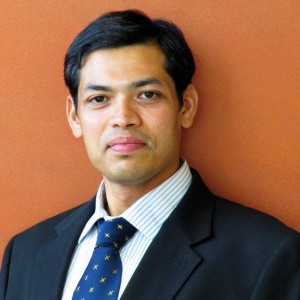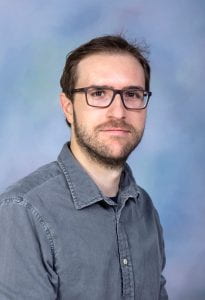Naomi J. Halas
Stanley C. Moore Professor in Electrical and Computer Engineering, Professor of Biomedical Engineering, Chemistry, Physics and Astronomy, Materials Science and NanoEngineering, and Director of Laboratory for Nanophotonics
Rational design and fabrication of nanoscale optical structures, which exploit the plasmon resonant properties of ultrasmall metal structures to focus and manipulate light.
Peter Nordlander
Professor of Physics and Astronomy, Electrical and Computer Engineering, and of Materials Science and NanoEngineering
Theoretical investigation of the electronic structure, transport and optical properties of nanostructures using analytical methods such as Plasmon Hydridization theory and numerical methods such as Finite-Difference Time-Domain (FDTD), and Finite Element Method (FEM).
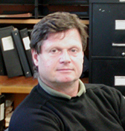
Jason H. Hafner
Professor of Chemistry
Single particle spectroscopy of gold and silver nanoparticles. Development of a new tip technology for Recognition AFM to enhance the ability to probe specific biomolecular interactions. Synthesis, properties, and biological applications of plasmonic nanostructures.
Stephan Link
Professor of Chemistry, and of Electrical and Computer Engineering
Single molecule/nanoparticle imaging and spectroscopy techniques for the understanding of the radiative and nonradiative properties of individual plasmonic nanoparticles and their assemblies.
Jiming Bao
Assistant Professor of Electrical and Computer Engineering (University of Houston)
Synthesize, pattern, and integrate structures with control of physical dimension, morphology, chemical composition, and crystalline phase. Elaboration of nanomaterials for biomedical sensing, therapeutics, optoelectronics, photonics, and energy-related applications.
Christy Landes
Professor of Chemistry, Chemical & Biomolecular Engineering, and Electrical and Computer Engineering
As experimental physical chemists, the overall goal of our research is to understand the frequently complex structure-function relationships in biological systems and to use this information to inspire innovation in biomimetic materials design.
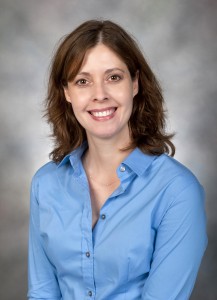
Gururaj Naik
Assistant Professor of Electrical and Computer Engineering
Exploring novel ways to generate and store clean energy by engineering the flow of light and heat at nanoscale: metal and semiconductor nanostructures for enhanced light absorption and emission, spectrally selective thermal emission, and dynamic control of light flow.
Alessandro Alabastri
Assistant Professor of Electrical and Computer Engineering
His research focuses on several aspects of light-to-heat conversion, exploring the mechanisms to maximize heat dissipation in nanoparticles based systems. He has realized predictive models of energy-conversion systems such as Photon Enhanced Thermionic Emission devices in collaboration with the European Space Agency and Nanophotonics Enabled Solar Membrane Distillation modules at Rice University.


